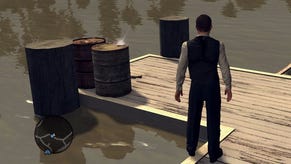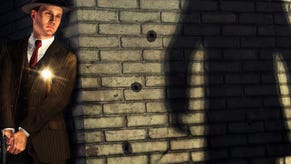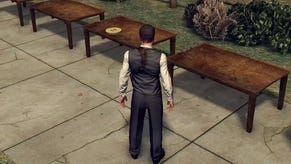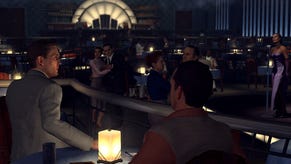Face-Off: L.A. Noire
Private investigation.
| - | Xbox 360 | PlayStation 3 |
|---|---|---|
| Disc Size | 6.6GB (disc one), 6.6GB (disc two), 6.7GB (disc three) | 23.2GB |
| Install | 6.6GB (disc one), 6.6GB (disc two), 6.7GB (disc three) | 1286MB (mandatory) |
| Surround Support | Dolby Digital | Dolby Digital, 7.1LPCM, 5.1LPCM, DTS |
Produced by an off-shoot of the team that made The Getaway, it might be tempting to suggest that the PlayStation 3 is the natural home for L.A. Noire - that the developers were more au fait with the Sony platform, resulting in a tangibly better game. There are various reports of enhanced graphical effects, smoother frame-rates and of course the plain and simple fact that the PS3 version ships on one disc rather than three.
Five years in development, the final version of L.A. Noire may be using a variation of the same RAGE engine that underpinned Grand Theft Auto IV and Red Dead Redemption: certainly a number of graphical techniques carry over from the previous games into Team Bondi's epic. Both of those titles undoubtedly ran more smoothly on Xbox 360 with higher native resolutions - but things are different this time.
L.A. Noire addresses all of these deficiencies and it is easily the closest multi-platform open-world game that Rockstar has released to date. But it's also interesting to see how Team Bondi has taken a very different approach to its project in comparison to Rockstar's teams.
The environments were the focus in GTAIV and Red Dead Redemption: the emphasis was on building a narrative around a hugely complex and realistic game world. With L.A. Noire, Team Bondi pares back some of the world effects and rich detailing, but compensates by using a real-life city with authentic period detail, plus characters animated with a brand new motion capture technology: MotionScan, from Team Bondi's sister studio, Depth Analysis.
With the sheer amount of characters in the game, combined with that state-of-the-art MotionScan facial tech, it's safe to say that this game is very data-rich, almost filling a 25GB Blu-ray disc to the point of capacity. Just how well does the Microsoft platform compete in providing the same gameplay experience?
Let's kick off with the head-to-head movie, backed up by an appropriately colossal L.A. Noire comparison gallery.
L.A. Noire's Rockstar predecessors all commanded a resolution advantage on Xbox 360, but the situation appears to have been redressed here: both console SKUs run at native 720p and both are using hardware-based 2x multi-sampling anti-aliasing.
Two elements of visual quality that have brought about plenty of comment since the game launched concern the implementation of shadow and the use of screen-space ambient occlusion (SSAO). On the Xbox 360, shadows are dithered at the edges while the PS3 version uses the RSX's PCF (percentage closer filtering) technique, giving a much "harder" and more defined look.
Which of them is "better" is down to personal opinion really. The PS3's harder shadows often look a little strange because the intensity of light required to produce shadows that sharp is somewhat at odds with the muted ambient light that makes up much of L.A. Noire's ambience. Even broad daylight can only really produce shadows this strong in certain conditions. In this sense, the Xbox 360's dithered look should be more realistic - and indeed it is... at range. Unfortunately, on close-up shots, the dithering simply looks rather ugly and undoubtedly impacts the quality of the effect.
There's also the matter of how shadows are rendered. L.A. Noire uses a cascade of different resolutions - the further you go back "into" the screen, the lower the resolution of the shadows. The transition points are rather too close on both versions producing some ugly artifacts, but combined with the dithering the effect looks poorer on 360.
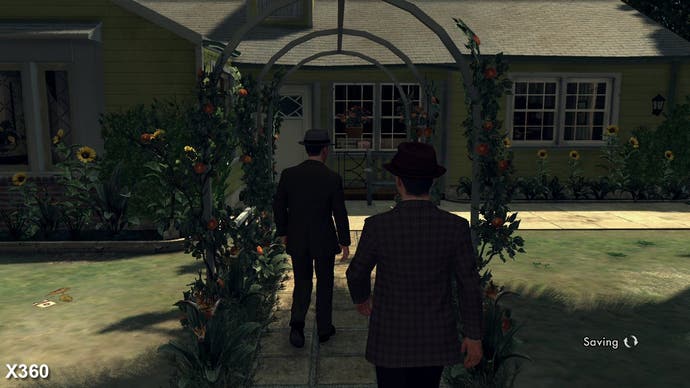
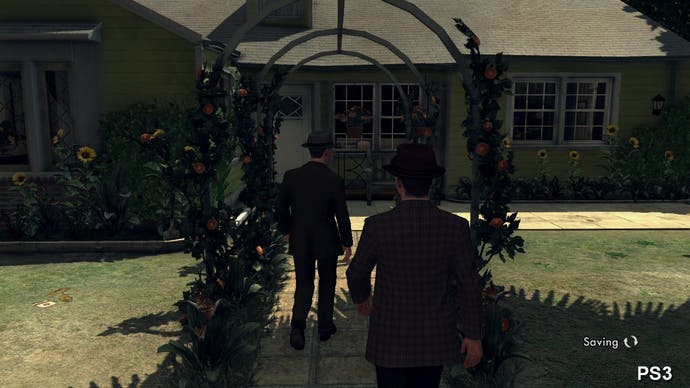


Screen space ambient occlusion, first used in Crysis but now a standard graphical effect on a great many games, is a useful tool in adding depth to the scene's nooks and crannies. The effect is definitely implemented in both Xbox 360 and PlayStation3 versions of L.A. Noire but to somewhat different effect. The PS3 game seems to have a larger occlusion radius, resulting in a significant over-darkening effect while in many scenes the 360 version is barely noticeable (but it is definitely there).
The net result of this is that SSAO is a subtle addition to the scene on 360, but is really heavy on PS3 - this is perhaps OK at night-time where the scene will benefit from a much darker look, but in broad daylight, the effect itself and the subsequent artifacting sometimes looks distracting, overly "dirty" and somewhat unrealistic. You can't help but feel that a halfway house approach between the Xbox 360 and PS3 implementations would have produced a more pleasing look.




